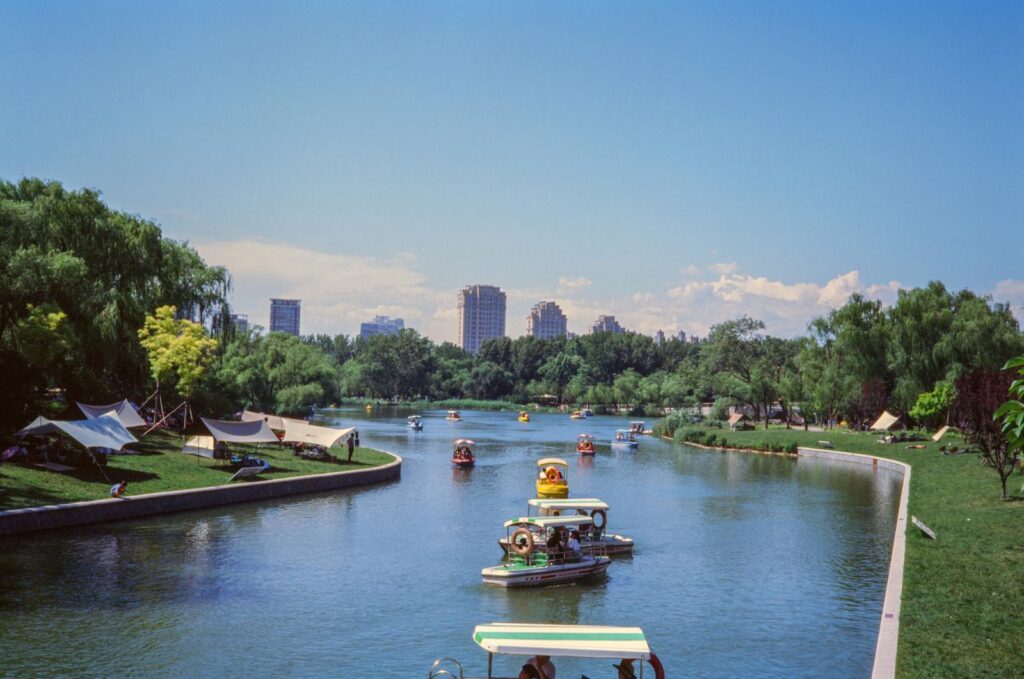The Amazon River is truly awe-inspiring! It’s not just a river; it’s the lifeblood of the largest rainforest on Earth. Its immense flow can alter ocean levels, and it’s teeming with an extraordinary variety of wildlife. I’ve uncovered some fascinating facts about this natural wonder that will leave you in awe. Trust me, exploring the mysteries of the Amazon is an adventure you won’t want to miss!

The Amazon River has great geographical advantages.
Firstly, did you know that the Amazon River once flowed in the opposite direction? Between 65 and 145 million years ago, it made its way towards the Pacific Ocean, not the Atlantic as it does today. The rise of the Andes Mountains was the game-changer, forcing the river to reverse its course dramatically.
When it comes to size, the Amazon River is unmatched as the largest river in the world by volume. It discharges around 200,000 liters of freshwater into the ocean every second, making up nearly 20% of all river water entering the sea globally. Its length is equally impressive, ranking as the second-longest river on the planet, just behind the Nile.
The massive outflow of freshwater from the Amazon even affects sea levels in the Caribbean Sea. Models predict that the Amazon River alone causes sea levels around the Caribbean to be around 3-cm higher than they would be without its contributions.
The Amazon is also home to the captivating Amazon River Dolphin, a species that has been around for approximately 18 million years. Unfortunately, this unique creature is now endangered, with its population declining due to damming, pollution, and being killed by fishermen for bait.
Another fascinating resident of the Amazon is the Dorado Catfish, which undertakes an incredible 7,200-mile migration to complete its life cycle. This fish exemplifies the river’s ecological complexity and the interconnectedness of its wildlife.
The Amazon River has historical and cultural significance.
The name ‘Amazon’ itself has a story. It was named by Francisco de Orellana after a battle with the indigenous Pira-tapuya people, where both men and women fought fiercely, reminding him of the Amazons from Greek mythology.
In a testament to human endurance, a family canoed from Canada to the Amazon River in 1980. Don Starkell and his son Dana traveled over 12,000 miles to reach the river, showcasing the Amazon’s draw for adventurers.
Despite its vastness, the Amazon River has over 100 dams in its Andean headwaters, with more planned. These dams generate electricity but also pose significant ecological threats to the river’s ecosystem.
Surprisingly, there are no bridges across the Amazon River. The river’s seasonal changes and soft river banks make bridge construction unfeasible. Instead, boats are the primary means of transport for the 10 million people living along its banks.
The Amazon River flows through four countries, and its watershed extends even further, collecting rainfall from a vast portion of South America. During the rainy season, the river’s height rises dramatically, with about 40% of South America’s water ending up in it.

The Amazon River is far more than just a waterway; it’s like nature’s wild heartbeat! It’s brimming with vibrant life and incredible stories, reminding us of the interconnectedness of this amazing ecosystem. With all its astonishing facts and adventures, the Amazon invites us to dive in, learn, and appreciate this incredible lifeline of our planet.
Related posts:
12 Fascinating Facts About the Amazon River
10 Fascinating Facts About the Amazon River
The Amazon and Water





